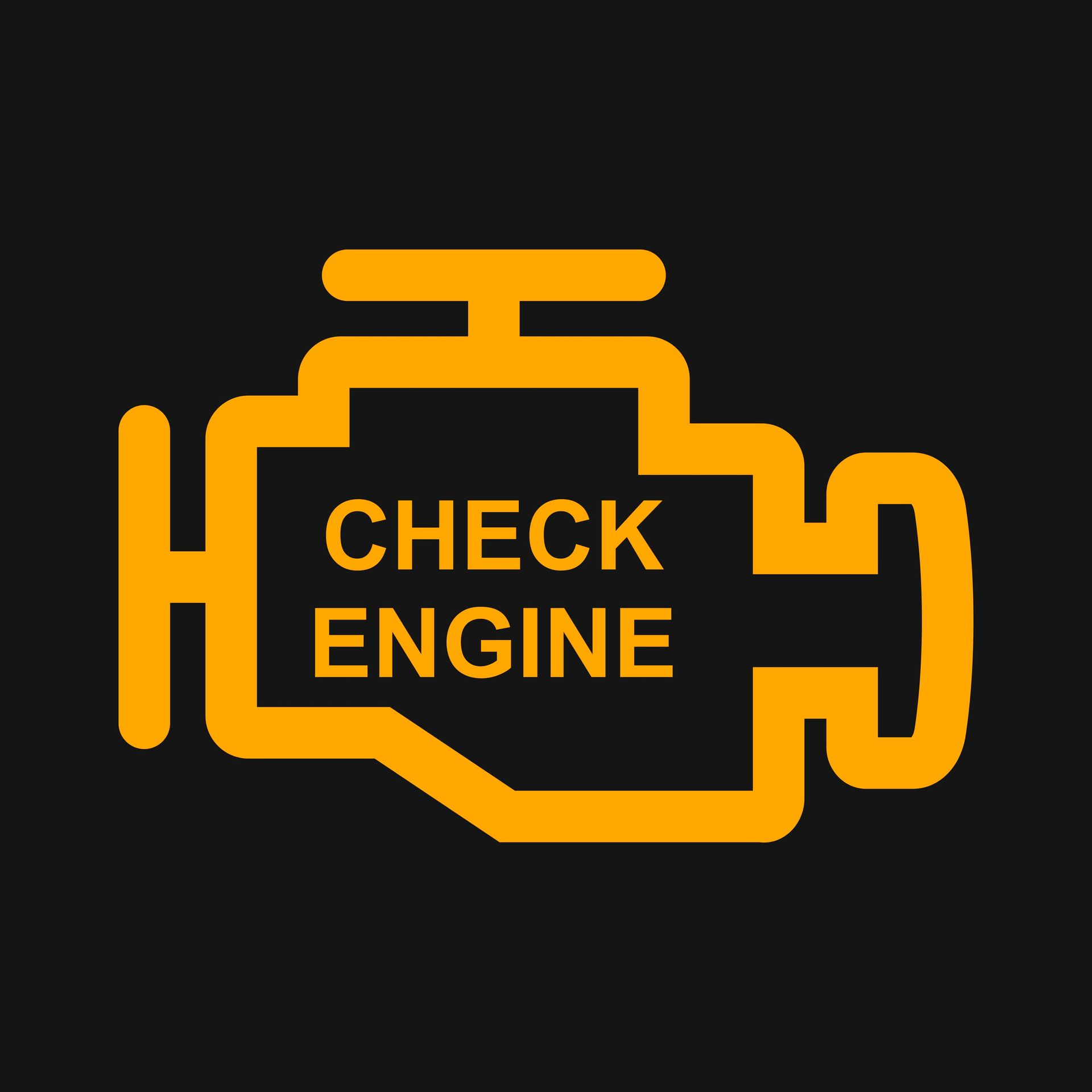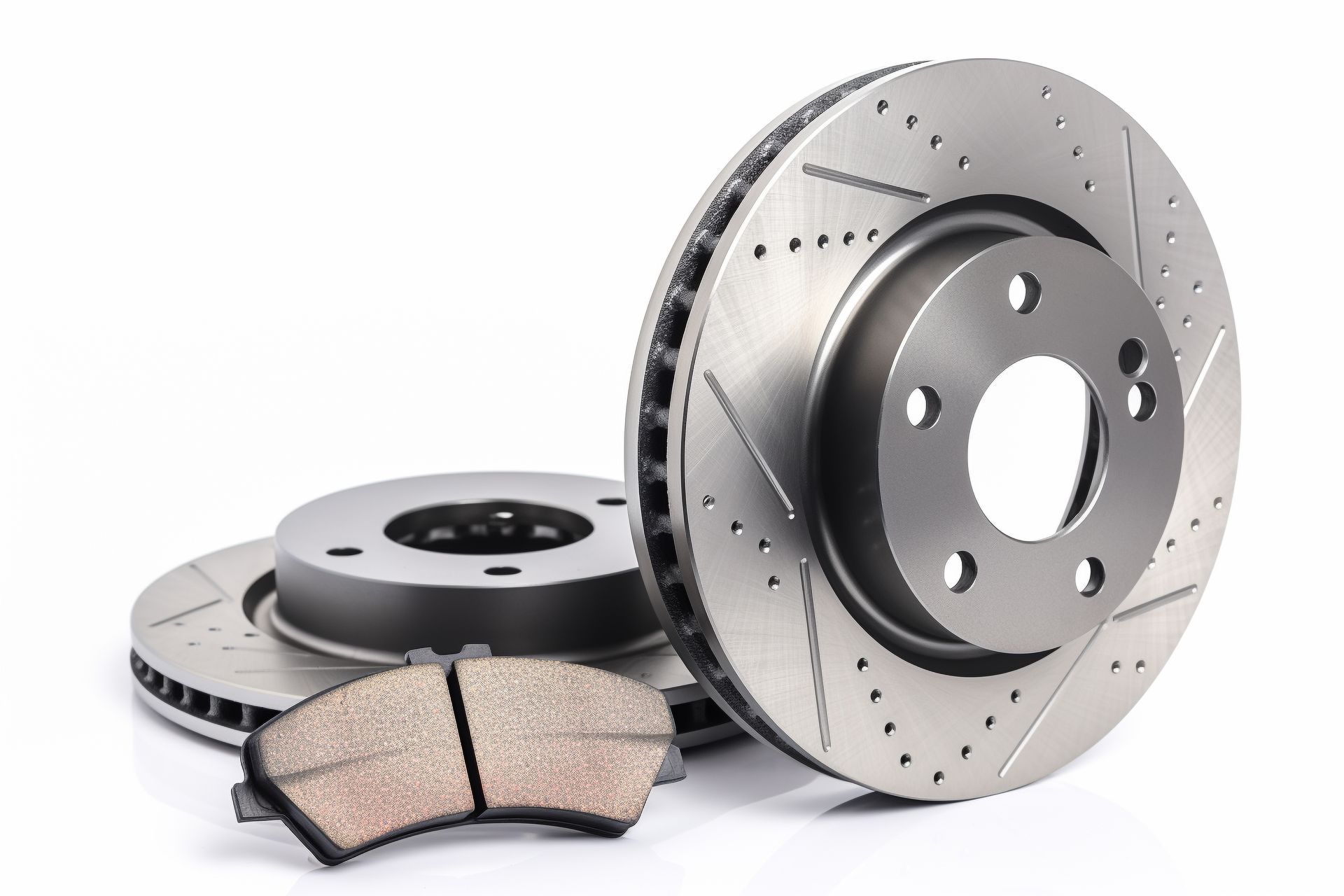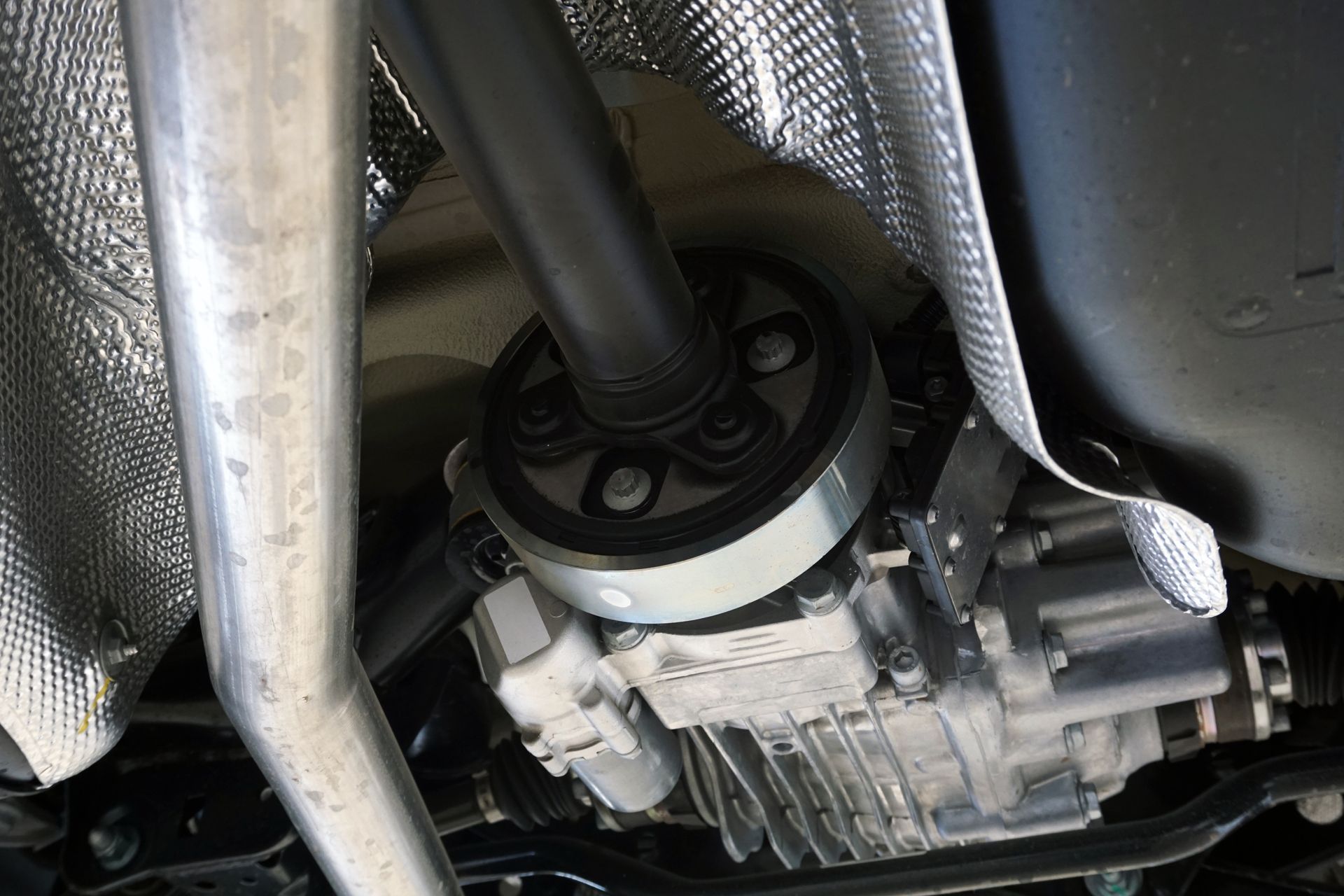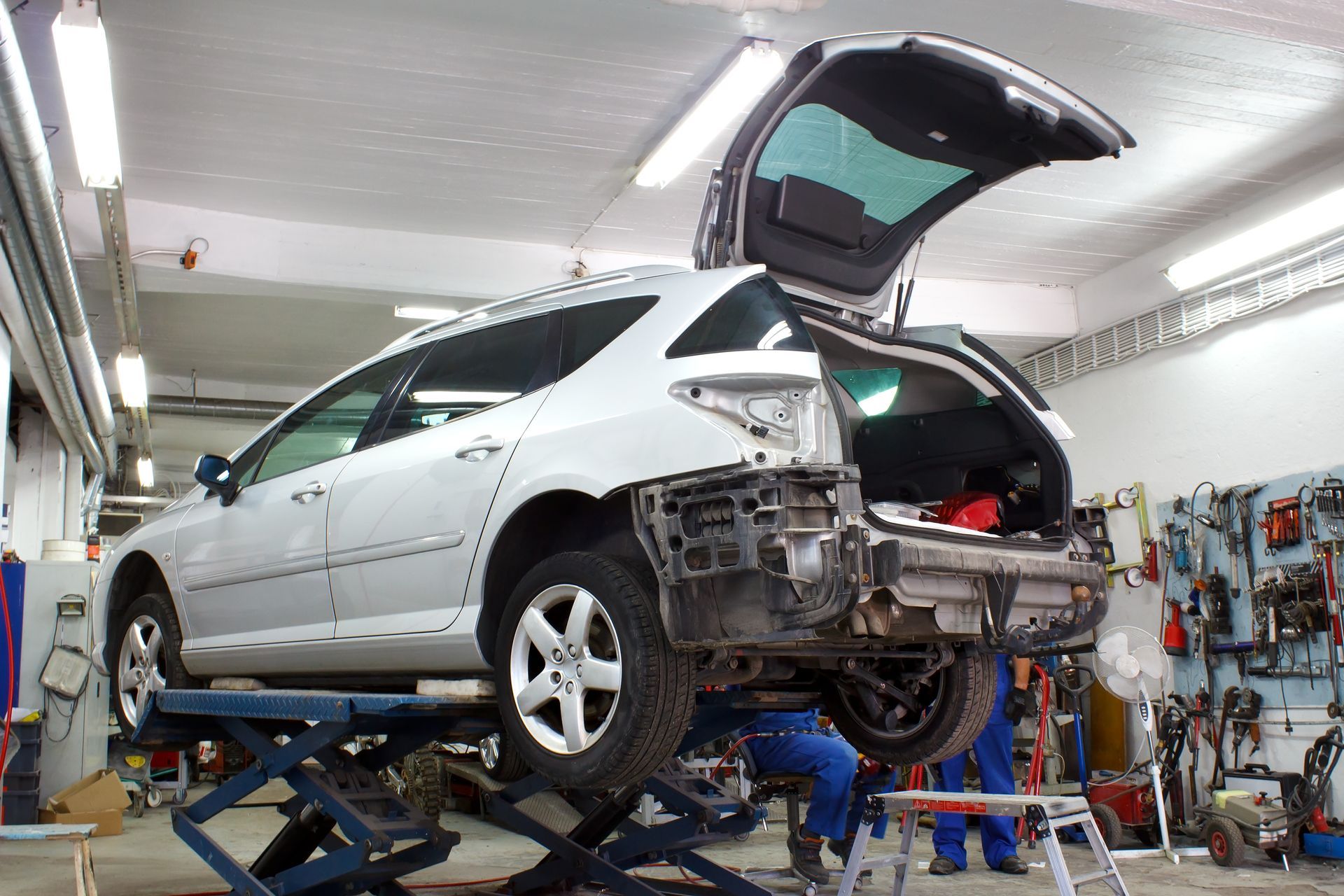Introduction:
A power steering service is a critical maintenance procedure that ensures your vehicle's power steering system functions correctly, allowing you to steer effortlessly and with precision. In this article, we'll explore why power steering service is essential, signs that indicate your vehicle may need it, and the basic process involved.
Why Power Steering Service Matters:
1. Ease of Steering:
The power steering system assists in turning the vehicle's wheels, making it easier and more comfortable to maneuver, especially at low speeds and during parking.
2. Safety:
Properly functioning power steering contributes to better control and handling of your vehicle, enhancing safety on the road.
3. Longevity:
Regular power steering service helps extend the life of critical components like the power steering pump, hoses, and the steering rack or gearbox.
4. Prevents Costly Repairs:
Addressing power steering issues promptly can prevent more extensive and expensive repairs in the future.
Signs Your Vehicle Needs a Power Steering Service:
1. Stiff or Hard Steering:
If turning the steering wheel requires excessive effort, it may indicate a problem with the power steering system.
2. Noisy Operation:
Whining or groaning sounds when turning the wheel can be a sign of low power steering fluid or a failing power steering pump.
3. Leaking Fluid:
Puddles or spots of power steering fluid under your vehicle are a clear sign of a leak in the system.
4. Erratic Steering:
If your vehicle's steering feels unpredictable or inconsistent, it's essential to have the power steering system checked.
The Power Steering Service Process:
1. Visual Inspection:
The technician starts with a visual inspection of the power steering system, including hoses, belts, and the power steering pump, to identify any visible damage or wear.
2. Fluid Level Check:
The power steering fluid reservoir is checked to ensure the fluid level is adequate. If it's low, the technician will top it up.
3. Leak Detection:
If a power steering fluid leak is suspected, the technician uses specialized equipment to locate and identify the source of the leak.
4. Fluid Flush:
In some cases, a power steering fluid flush may be necessary to remove old, contaminated fluid and replace it with fresh fluid.
5. Belt and Hose Inspection:
The condition of the power steering belt and hoses is checked, and any worn or damaged components are replaced.
6. Pump and Rack Inspection:
The power steering pump and steering rack or gearbox are inspected for proper operation and any signs of damage or wear.
7. Test Drive:
After the service, the technician takes the vehicle for a test drive to ensure that the power steering system is functioning correctly, with smooth and responsive steering.
8. Final Inspection:
The technician performs a final inspection to confirm that there are no leaks, unusual noises, or other issues with the power steering system.
Conclusion:
A power steering service is essential for maintaining safe and comfortable steering in your vehicle. Regularly scheduled maintenance and addressing signs of power steering issues promptly can help prevent more significant problems and ensure the longevity of your power steering system. Consult with a professional mechanic or service center for guidance on when and how to perform this essential service for your vehicle.










